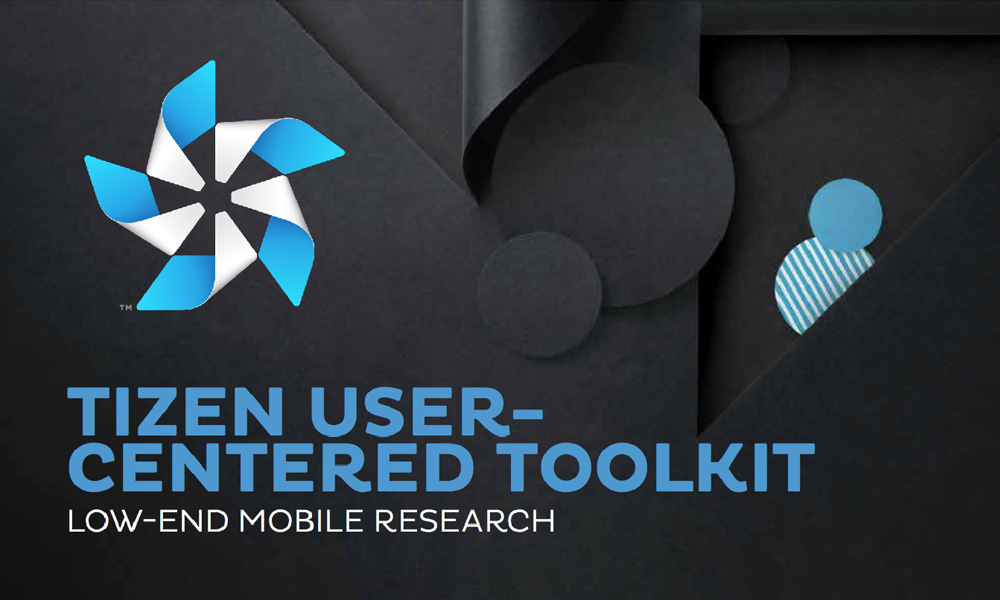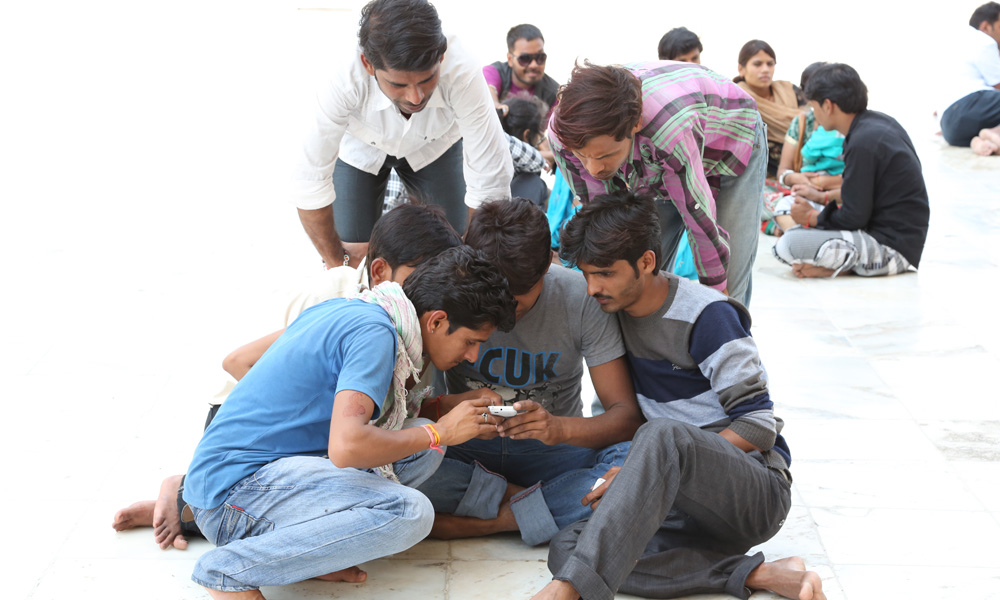
GOAL
To place the Tizen Mobile programme on a foundation of behavioural research and trends to define the opportunities in the low-end phone category.
DESIGN
A toolkit presents the insights generated through the research and creates a foundation for developing a better user experiences.

The goal of this project is to place the Intel Tizen Mobile program on a foundation of behavioural research and design trends to allow us to define the user experience opportunities in the low-end phone category. 'Low-end mobile' is used as an umbrella term for 'entry-level', 'low-cost' and 'feature' phones.
The user experience needs will vary widely based on the markets where they will be used. While much is said of emerging markets as a strategic opportunity, little concrete insight exists to guide UX, planning and engineering teams as they roadmap, design and build the next generation of the platform. This document sets out to provide a baseline for stakeholders to develop concrete concepts
Ethnography
In-depth interviews and observations with eight feature phone users in India and Kenya, alongside cultural and category immersions.
Immersion
An immersion workshop was conducted over two days in London with representatives from design, UX, planning and engineering for a synthesising and opportunity identification exercise using the personas, needs and themes from the research.
Insights
The vast majority of the world’s mobile users live in developing countries.
30% of the world’s mobile phone users live in China or India.
Due to the sheer population sizes of countries in the developing world, the mobile user base across the globe is dominated by these users.
Due to lack of communications infrastructure, mobile phones add significant value to existing systems. However, in developing markets, mobile technology has leapfrogged other infrastructure – some people have access to a mobile before a bank account, electricity, and even running water. As such, mobile telephony becomes a hugely important part of life, and gives rise to a proliferation of different ways that mobile is used.
The 5 key things that matterred most to people during our research:
1. Privacy
When personal living space is scarce, privacy in communication is often taken outside the home. Separating from parents and gaining independence also brings with it privacy needs for young people as parents often employ stricter monitoring techniques when their children aren’t living under the same roof.
2. Control & Transparency
Transparency and control of phone credit is a pervasive need area across users (balance checking, tariff switching for yourself and others). More broadly, financial control is also a strong need area, encompassing savings, money transfer, and borrowing.
3. Preserving, Sharing and Accessing Content
Content is often not extensive in developing markets – it can be as focused as several key photos and a handful of music tracks. Keeping content safe and transferring content both bring challenges in an environment where storage space and cross- device connectivity is often limited (cost prohibits ownership of devices with greater memory capacity). Sharing content with others brings an extra dimension to these challenges.
4. Self-actualisation
Education and self progression are key. This includes staying up to date and informed as well as sharing knowledge with others. Displaying status and looking/feeling modern are also of importance.
5. Physical & Environmental Challenges
Challenges such as power cuts, harsh environments, lack of connectivity and language issues mean that fulfilling basic phone functionality is hard. Needs centre on achieving battery requirements, as well as voice and text-based communications.
Areas of research
Youth, Poverty, Urbanisation, Language, Technology, Mobile usage, Money, Parental Control, etc.
Overall, our design recommendations focused on the transformative potential of mobile tech to create wealth and improve stability within families. We therefore tried to emphasise the need to improve functionality and connectivity in regions that currently lack infrastructure but where the potential for development is immense.

